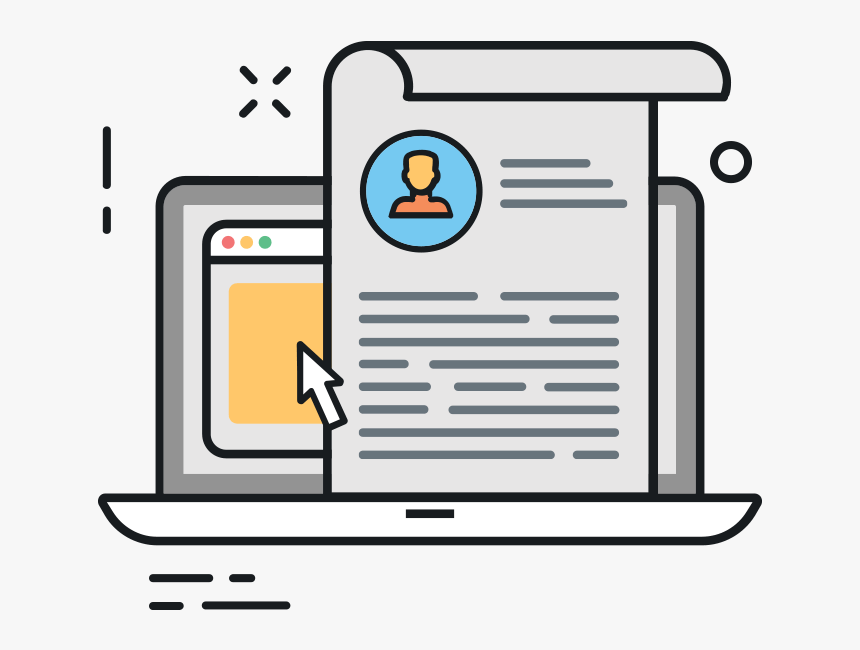15 Strategies for Cultivating a Robust Customer Personalization Strategy
In the contemporary, highly competitive business environment, customer personalization has transitioned from a strategic advantage to a critical necessity for acquiring and retaining clientele. The proliferation of readily accessible data necessitates that organizations strategically leverage this information to craft bespoke customer experiences. This article delineates fifteen strategies, grounded in relevant theoretical frameworks, to fortify a robust personalization strategy, illustrating practical applications for enhanced competitive differentiation.
1. Data-Driven Customer Profiling and Segmentation: A Foundation for Personalization
The initial and pivotal step involves comprehensive data acquisition and analysis from diverse customer touchpoints. This encompasses website interactions, purchase history, customer relationship management (CRM) systems, and feedback mechanisms like surveys. The application of statistical techniques, such as cluster analysis and regression modeling, aids in identifying key customer segments based on demographic characteristics, psychographic profiles, and behavioral patterns. This process aligns with the principles of market segmentation, allowing for tailored strategies.
Example: A fashion retailer uses collaborative filtering, a recommendation system technique, to analyze purchase and browsing data, thereby identifying clusters of customers with similar preferences. This allows them to curate targeted marketing campaigns and product recommendations for each segment, increasing conversion rates and customer lifetime value.
2. Dynamic Content Delivery: Tailoring the Customer Experience
Employing a dynamic content delivery system enables the creation of personalized content in real-time, adapting to individual customer preferences and behaviors. This can be realized through personalized email marketing, website content management systems (CMS) that leverage dynamic content insertion, and targeted advertising employing retargeting techniques. This adheres to the principles of adaptive learning in marketing, where the system learns and adapts to individual customer responses.
Example: An e-commerce platform dynamically adjusts product recommendations displayed on a user’s website homepage based on their browsing history and past purchase patterns, leveraging machine learning algorithms for personalized recommendations. This approach is grounded in behavioral targeting theories, focusing on past actions to predict future behavior.
3. Real-time Personalization: Enhancing the Customer Journey
Leveraging real-time data allows for instantaneous personalized interactions. By integrating data streams from various sources, organizations can deliver contextually relevant recommendations and offers, significantly enhancing customer engagement. This application aligns with the principles of real-time marketing, optimizing engagement with immediate feedback loops.
Example: A travel agency uses real-time data to display flight and hotel options based on the customer's location, time of day, and recent searches, optimizing conversion rates by delivering timely, relevant information.
4. Recommendation Engines: Harnessing the Power of Machine Learning
Integrating recommendation engines powered by machine learning algorithms (e.g., collaborative filtering, content-based filtering) enables the proactive provision of personalized product or content suggestions. This enhances customer engagement and drives sales by proactively offering relevant items. This falls under the umbrella of predictive analytics, leveraging past data to anticipate future actions.
Example: A streaming service uses a content-based recommendation engine that suggests videos based on the viewer's past preferences and viewing history, maximizing engagement and reducing churn.
5. Personalized Incentives and Promotions: Fostering Customer Loyalty
Crafting personalized promotional offers and discounts based on individual customer preferences and purchase history cultivates loyalty and stimulates repeat purchases. This strategy is underpinned by reinforcement learning principles, rewarding desired behaviors.
Example: A coffee shop utilizes a loyalty program that offers personalized discounts on a customer's favorite beverage, encouraging repeat visits and increasing customer lifetime value.
6. AI-Powered Chatbots: Providing Personalized Customer Service
Integrating AI-powered chatbots into customer service processes allows for personalized assistance, instant query resolution, and tailored recommendations. This approach aligns with the principles of human-computer interaction (HCI), aiming for seamless and intuitive interactions. The application of natural language processing (NLP) enables understanding and responding to complex customer inquiries.
Example: A bank implements an AI chatbot that provides personalized financial advice and resolves customer queries, improving customer satisfaction and reducing the workload on human agents.
7. Social Media Integration: Understanding Customer Sentiment
Analyzing social media data provides insights into customer sentiments, preferences, and behaviors, enabling organizations to craft more relevant marketing campaigns. This approach leverages social listening techniques and sentiment analysis to tailor engagement strategies.
Example: A cosmetic company monitors social media conversations to understand customer feedback on their products, allowing them to proactively address concerns and improve product development.
8. Mobile App Personalization: Enhancing the Mobile Experience
Personalizing mobile applications through customized recommendations, notifications, and settings improves user engagement and satisfaction. This strategy focuses on usability and user experience (UX) design principles for mobile platforms.
Example: A fitness app personalizes workout routines based on a user's fitness level, goals, and past performance, increasing user engagement and adherence to fitness programs.
9. Customer Journey Optimization: Creating a Seamless Experience
Identifying and addressing pain points throughout the customer journey and tailoring each touchpoint—from initial contact to post-purchase engagement—creates a seamless and personalized experience. This aligns with the principles of customer experience (CX) management, aiming for optimized customer interactions at every stage.
Example: An e-commerce store optimizes the checkout process based on customer data, simplifying the purchase process and reducing cart abandonment rates.
10. Geolocation-Based Personalization: Leveraging Location Data
Utilizing geolocation data allows for hyper-personalized experiences based on the customer's physical location. This enables delivery of targeted offers and location-specific recommendations. This approach leverages location-based services (LBS) and geographic information systems (GIS) for precise targeting.
Example: A restaurant chain uses location data to send personalized offers and promotions to customers in close proximity to their establishments, encouraging spontaneous visits.
11. Personalized Customer Support Interactions: Enhancing Service Efficiency
Providing customer support agents with access to personalized customer data enhances the efficiency and quality of support interactions, leading to faster resolution times and increased customer satisfaction. This emphasizes the importance of customer relationship management (CRM) systems in providing relevant support information.
Example: A telecommunications company provides customer service agents with access to a customer's service history, allowing them to efficiently troubleshoot technical issues.
12. Personalized Loyalty Programs: Reinforcing Customer Engagement
Tailoring loyalty programs based on individual customer preferences and behavior reinforces engagement and encourages continued interaction. This utilizes behavioral economics principles to incentivize loyalty.
Example: An airline offers personalized rewards based on a customer's travel history, such as complimentary upgrades or priority boarding, fostering increased loyalty and repeat business.
13. Personalized Email Marketing: Targeted Communication
Personalizing email marketing campaigns based on customer behavior, preferences, and purchase history significantly improves engagement and conversion rates. This approach utilizes email marketing best practices, focusing on personalization and segmentation.
Example: An online retailer sends personalized email recommendations based on a customer’s past purchases and browsing history, encouraging repeat purchases.
14. Continuous Testing and Optimization: Data-Driven Improvement
Regular testing and A/B testing of different personalization strategies are essential for identifying optimal approaches and maximizing effectiveness. This data-driven approach ensures continuous improvement and refinement of personalization efforts, aligning with the principles of experimental design in marketing.
Example: An e-commerce company conducts A/B testing on different product recommendations to determine which approach generates the highest click-through rate.
Conclusions and Recommendations
The successful implementation of a robust personalization strategy demands a comprehensive understanding of customer behavior and the effective utilization of data analytics. Integrating the fifteen strategies outlined above can significantly enhance customer engagement, drive sales, and fortify customer loyalty. However, ethical considerations regarding data privacy and transparency are paramount. Organizations must adhere to data protection regulations and ensure that data collection and usage practices are transparent and respectful of customer privacy. Future research could explore the impact of various personalization techniques on different customer segments and investigate the long-term effects of personalization on customer relationships. Furthermore, developing more sophisticated algorithms capable of anticipating customer needs and preferences in a dynamic and changing market environment represents a significant avenue for future research. The strategic application of these strategies, informed by ongoing evaluation and adaptation, presents a pathway towards sustainable competitive advantage in the evolving digital landscape.
Reader Pool:
Considering the ethical implications of data privacy in personalization strategies, what are the most effective mechanisms for ensuring customer trust while maximizing the benefits of personalized experiences?
```


